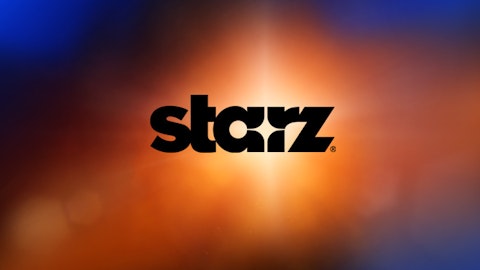The video streaming industry is slowly replacing traditional television viewership as smart devices and integration with TV continues to advance. The migration to digital TV, which is now becoming a global goal, is also playing a major role as smart TVs and high definition monitors become the consumer’s preferred choice.
The players behind smart TV, which allows users to stream shows and films online, seem to be getting carried away by the massive opportunity that lies ahead. Netflix, Inc. (NASDAQ:NFLX), for instance, is already projecting mammoth subscriber numbers for its services by the year 2020. This fact has already drawn heated debates from major analysts.
The industry is candy-coated
The overall picture of the video streaming industry may look very attractive, but when you assess the reality on the ground then the results are shocking. Video streaming is only beginning to gain popularity in the emerging markets, for instance, while the developing countries are just about getting started.
Additionally, piracy continues to undermine the potential of the industry as many people opt for the pirated copies of various films and TV shows. Therefore, the pricing of video streaming services will be an interesting factor to watch going forward if indeed the vast majority were to begin subscribing.
Netflix is currently doing well in terms of competition, but for how long
According to statistics, Netflix, Inc. (NASDAQ:NFLX) holds a key advantage in terms of market share on popular films and TV shows, especially when compared to major rival, Amazon.com, Inc. (NASDAQ:AMZN). The statistics indicate that over the last three to four years, Netflix’s market share in popular films stood at 14% as compared to Amazon.com, Inc. (NASDAQ:AMZN)’s 11%. Netflix, Inc. (NASDAQ:NFLX) also trumped Amazon in popular TV shows with a 33% market share, while Amazon’s share stood at just 7%.
Hulu, jointly owned by The Walt Disney Company (NYSE:DIS), News Corp. and NBC Universal, carried the day in this category with 44%. In terms of new TV content, Netflix also carried the day with 27% compared to Amazon.com, Inc. (NASDAQ:AMZN)’s 9%. Netflix may also claim to have a huge advantage over its rivals because it focuses on exclusive TV content, as opposed to those rivals that receive content from other streaming companies.
Netflix also faces competition from cable TV companies such as Time Warner Cable Inc (NYSE:TWC), which may need to begin focusing on Internet streaming as smart devices become more popular amongst its customers. The attractiveness of the industry is bound draw in more competitors with technology companies such as Apple Inc. (NASDAQ:AAPL) and Google Inc (NASDAQ:GOOG) also set to make major investments. Should Netflix, Inc. (NASDAQ:NFLX) worry?
Netflix’s good position may have resulted in over-expectations
According to analysts from Sanford Bernstain, Netflix, Inc. (NASDAQ:NFLX)’s current valuation assumes approximately 50 million U.S. subscribers by the year 2020. The analysts’ estimate is just 43 million subscribers. The 50 million subscribers figure assumed on the current valuation of the company suggest that by the year 2020, Netflix, Inc. (NASDAQ:NFLX) would be commanding about 70% of U.S addressable market in video streaming. In my opinion, this is a pipedream. As the industry becomes more attractive with technological innovations, companies such as Google Inc (NASDAQ:GOOG) and Apple Inc. (NASDAQ:AAPL) will be good candidates for a lion’s share of the market.






